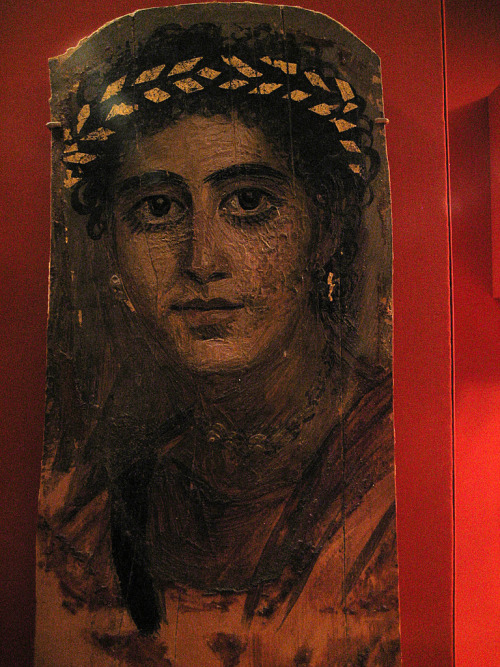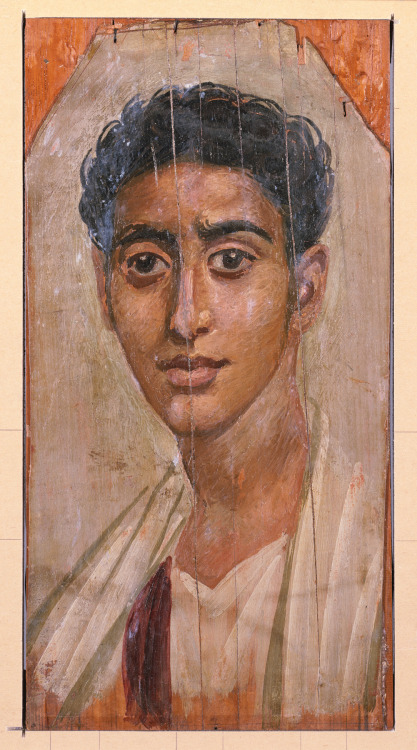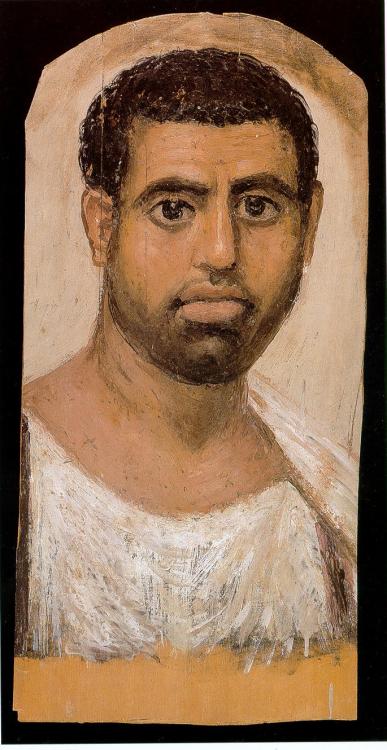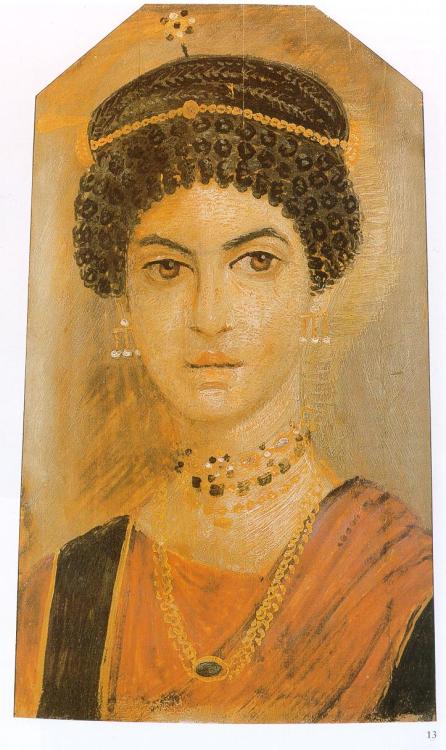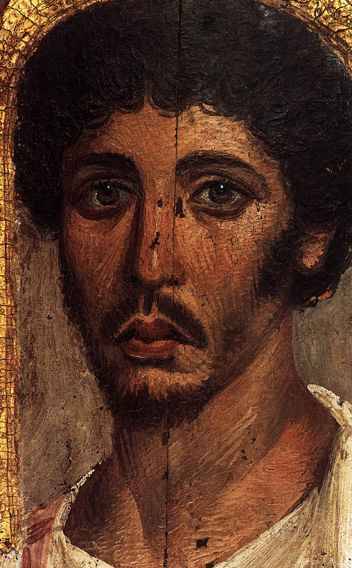medievalpoc:Influence Through the Ages: The Fayum Mummy PortraitsThe art of encaustic painting, a te
medievalpoc:Influence Through the Ages: The Fayum Mummy PortraitsThe art of encaustic painting, a technique essential to a vast amount of art in Europe during the dark ages, High Medieval periods, the Renaissance, and especially influential to Russian Iconography, traces its roots through Byzantine art and back into classical antiquity…arriving at the Fayum Mummy Portraits dating from the first century B.C.E.Most of these near 1,000 portraits are attached to the preserved body of the person depicted. The methods used to create these works can be traced to artistic styles kept alive from Hellenistic Greece to Coptic Egyptian tradition, traveling up into Europe via Italy and Greece to be regenerated at the dawn of the Italian Renaissance with the resurrection of Classical values and virtues.The connections of these encaustic portraits on wooden panels to Russian Medieval Religious Icons are both stylistic and historical. Many Christian treasures were carried from their North African and Middle Eastern origins and hidden in Northern Europe and Russia for safekeeping; many of the Black Madonnas of Europe owe their existence to these flights from war-torn areas.These mummy portraits have immense art-historical importance because very few mobile pieces of art like these ancient panel paintings survive. Some aspects of the mummy portraits, especially their frontal perspective and their concentration on key facial features, strongly resemble later icon painting.The earliest portraits of the Virgin Mary, attributed to Saint Luke and said to have been “painted from life”, also indicate influence in composition, style, and materials.Some art historians name the Fayum portraits “The Earliest Modernist Paintings”. Many Medieval and Renaissance schools of painting were influenced by these ancient techniques. Romanesque to Medieval religious Italian art shows this influence in the colors and methods used for religious iconography:And the realism and brushstrokes are echoed in Early Flemish and Netherlandish religious paintings as well.Although Northern European art after the fall of the Roman empire shifted sharply to stylized form and symbolic rather than representational images, the soft realism and warm individuality of the Fayum portraits was kept alive in pockets of influence to be reborn in the High Medieval Period and Renaissance in Northern Europe.[x] [x] [x] [x] [x] -- source link
Tumblr Blog : medievalpoc.tumblr.com

